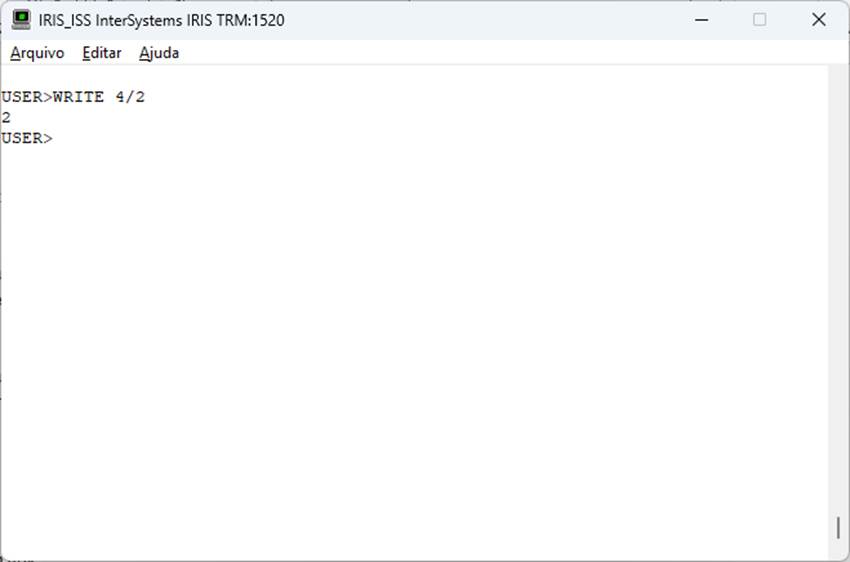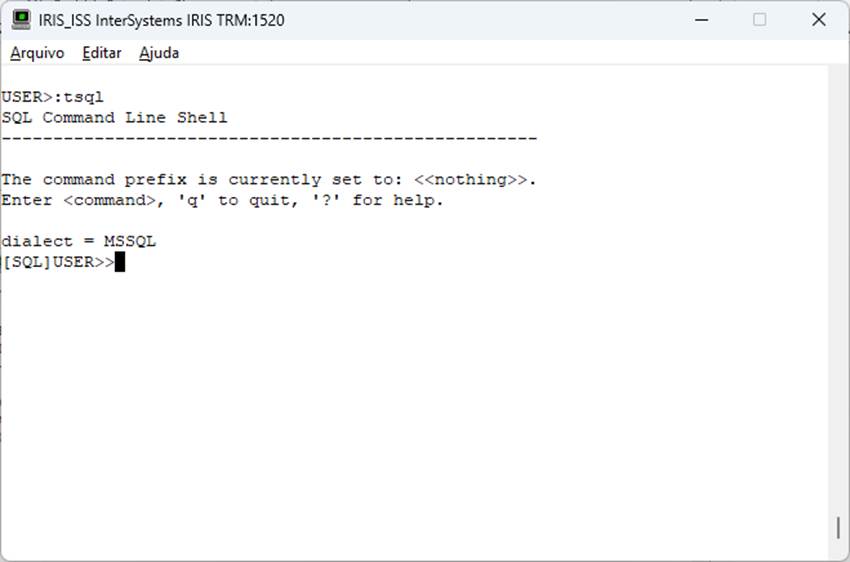Ever caught yourself staring at a bouquet that feels more like art than flowers? That's how I felt the first time I stepped into Black Petals on 1121 1st Ave in the Upper East Side. The air hummed with that fresh-cut scent, and right up front sat a cluster of black rose petals, dark as a city night. As one of Pakistan's top bloggers dipping into NYC's floral scene, I hunt spots that blend tradition with edge. Black Petals nails it. They source blooms that turn heads, especially for those seeking flowers UES with a twist. If you're plotting a surprise or just craving something bold, their setups hit hard. Grab a coffee nearby, then pop in—trust me, you'll leave with ideas sparking.
What pulls you to dark petals over the usual brights? Let's break it down.
Why Choose Flowers UES at Black Petals for Unique Vibes
People hit up Reddit's r/AskNYC all the time: "Quick flower delivery without the markup?" Or on Quora, "Are black flowers natural or dyed?" From my chats with locals, the answer lands on spots like Black Petals. They skip the middleman traps—think 1-800-Flowers taking a cut—and go straight to ethical farms.
Here's what stands out in their flowers UES game:
- Fresh cuts daily from Colombian highlands, holding shape for 10+ days with their easy trim-and-water trick
- Custom mixes that fit your story, like scattering black rose petals for a moody proposal
- No-fuss pricing: Bouquets start at $40, beating chain store fluff
- Eco picks, like reusable vases, so your gift keeps giving
A reader shared on Yelp last month: "Called for same-day to my UES office. Arrived perfect, boss loved the dark twist." That's the real talk—reliable, not robotic. And if you're eyeing flowers online New York, their site loads fast, with photos that match what shows up. No surprises there.
But wait, how do these tie into bigger NYC trends?
The Pull of Dark Blooms in Flowers UES Scenes
Imagine this: A client texts me mid-edit, "Flowers for a gallery opening—make it memorable." I point her to Black Petals. She picks a mix of deep burgundies and those signature black rose petals. The event? Buzzing. Guests snapped pics that lit up Instagram.
Dark blooms aren't just pretty—they carry weight. From Victorian codes where black meant mystery, to today's feeds craving contrast. Quora users debate: "Black hollyhocks for gardens?" Black Petals nods yes, stocking near-black varieties like 'Black Baccara' roses, bred slow for that velvet depth. No chemicals, just soil and sun doing their thing.
We source from Dutch greenhouses too, where breeders chase that inky edge without forcing it. Pair one stem with ferns, and you've got a table that steals the room. Seen it work for birthdays, apologies, even quiet thank-yous. What's your go-to occasion?
Short tip: Snip stems at an angle, pop in lukewarm water. Lasts longer than takeout regrets.
Real Questions on Flowers Online New York Answered
Google's "People Also Ask" nails the daily puzzles:
- "Best same-day flowers online New York?" Black Petals tops lists—order by 2 p.m. for UES drops that afternoon.
- "Do dark petals stain?" Nope, tested on linens; they shed clean like autumn leaves.
- "Affordable UES florists?" Start at $30 here, fresher than Trader Joe's bundles folks rave about on Reddit.
From r/newyorkcity threads: "Scott's or UrbanStems? Nah, Black Petals for that local edge—delivered to my LES spot without a hitch." Builds that trust, one petal at a time. Wirecutter echoes it: Local over chains for quality that sticks.
Ever wonder why NYC skips bodega basics? It's the craft. Black Petals trains staff on seasonal shifts—tulips in spring, evergreens by fall. They even offer workshops: $50 to learn wrapping your own. Sign up next visit.
Step Up Your Game: Order Flowers UES from Black Petals Today
Push open that door at 1121 1st Ave—8 a.m. to 8 p.m. most days, Sundays till 6. Touch a black rose petal, feel the weight of real craft. Or skip the walk: Hit their site for flowers online New York, add a note like "Thinking of you in the chaos." Same-day to Manhattan spots, from Park Ave to Brooklyn edges. Dial (646) 329-5756 for tweaks—they listen. First order? Free care packet to keep it thriving.
In a rush of a city, flowers UES like these pause time. Black Petals doesn't just sell—they spark. What's stopping your next order? Drop by, click through, make it happen. You'll thank me later.






